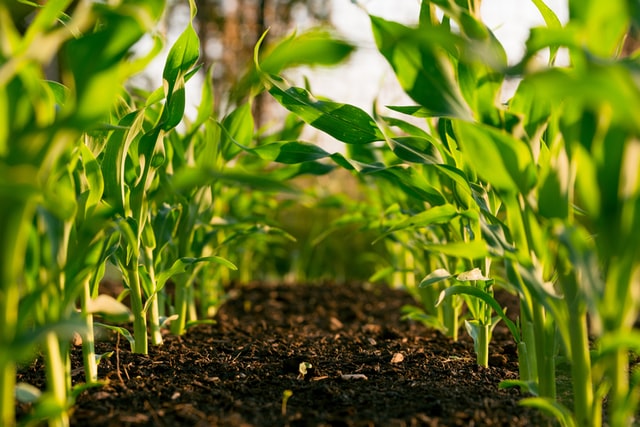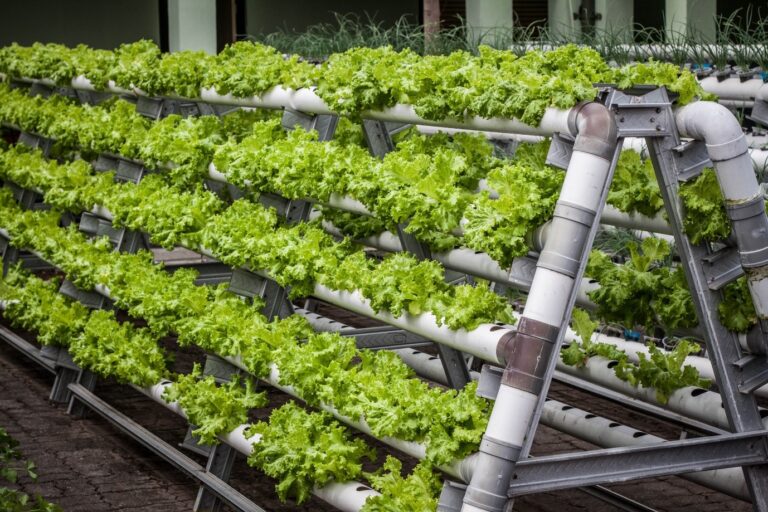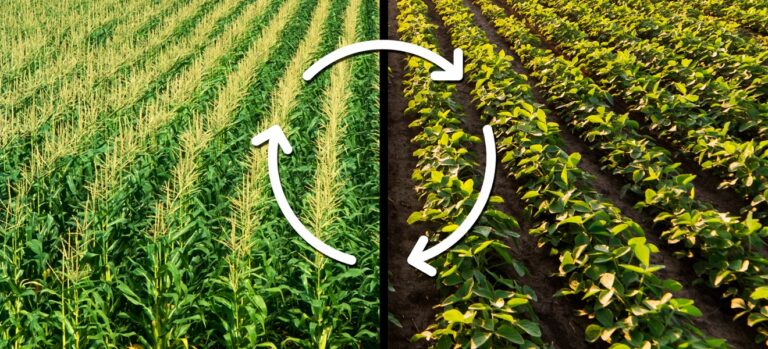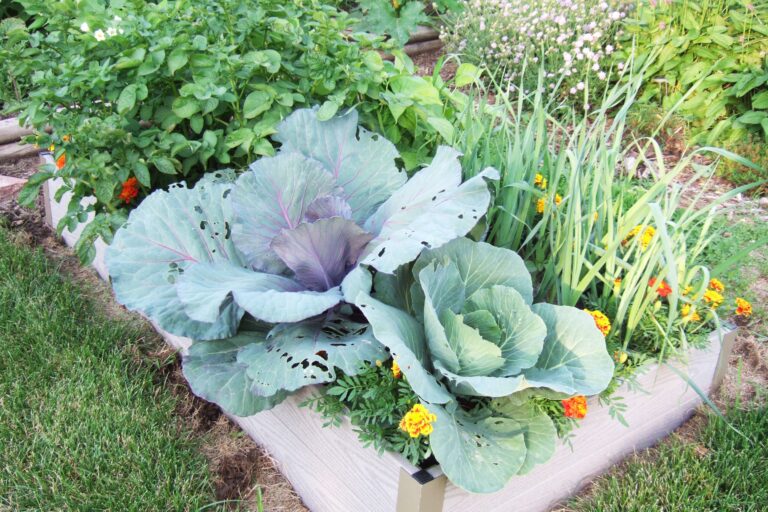Have you ever found yourself scratching your head, trying to figure out how to maximize your limited farming space? It’s a common challenge faced by many small-scale farmers. We dream of expanding our crops, increasing yields, and reaping the rewards of our hard work, but the lack of space often holds us back. That’s where spacing management techniques come to the rescue!
In this article, we’re going to unravel the secrets of effective space management techniques for small-scale farming. We’ll explore how proper spacing can be a game-changer for our farms.
So, get ready to embark on a journey where we’ll unveil five tried-and-true space management techniques that will revolutionize the way we farm. We’ll dive into practical solutions, tips, and tricks that will help us make the most out of every inch of our land.
Before we dive into the exciting world of space management techniques, let’s take a moment to understand why knowing these techniques is absolutely essential for small-scale farmers like us. So, let’s get started!
Why Space Management Techniques are Crucial for Small-Scale Farmers

Here are some compelling reasons why small-scale farmers should prioritize space management:
Maximized productivity
Maximizing productivity is one of the key reasons why space management techniques are crucial for small-scale farmers. With these techniques in place, farmers can unlock the full potential of their land and achieve remarkable results. Imagine a farm where every inch is utilized efficiently, leaving no space wasted.
Enhanced crop health
Optimal plant spacing promotes airflow and sunlight penetration, mitigating disease risks and fostering robust growth. Ample space enables plants to extend their roots, access vital nutrients, and flourish, resulting in superior crop quality while minimizing the need for excessive pesticide and fertilizer use.
Efficient weed and pest control
Efficient weed and pest control is another crucial benefit of effective spacing techniques for small-scale farmers. Proper spacing inhibits weed growth and provides convenient access for implementing weed management practices.
Efficient Resource Utilization
Maximizing resource utilization is a key benefit of space management techniques for small-scale farmers. Through strategic implementation, farmers can effectively allocate resources, including water and fertilizers, with precision and accuracy. This not only minimizes waste but also maximizes the use of resources, resulting in cost savings and promoting environmental sustainability.
Farmers can achieve a balance between resource efficiency and sustainable farming practices, by adopting these space management techniques, ultimately reaping the rewards of both economic and environmental benefits.
5 Space Management Techniques for Small-Scale Farming
Now, let’s delve into some practical techniques that can help you achieve effective space management on your farm.
1. Vertical Gardening/Farming

Vertical gardening is all about making the most of your land by utilizing vertical structures like trellises, fences, or walls to create a thriving garden in even the smallest of spaces.
Imagine the possibilities of growing an abundance of crops in a limited area. Vertical gardening is particularly advantageous for vining plants such as luscious tomatoes, crunchy cucumbers, and bountiful beans. These plants love to climb and reach for the sky, and by providing them with the right vertical support, you can unleash their full potential.
2. Intensive Crop Rotation

While crop rotation is commonly known in agriculture, its impact on optimizing space utilization is a game-changer for small-scale farms. Strategically planning and rotating different crops allows you to maximize the productivity of your limited land while reaping a host of additional benefits.
Crop rotation allows you to make the most of your available land by carefully selecting crop combinations. Some crops have shallow root systems, while others go deep.
Through the practice of crop rotation, you can ensure efficient use of soil depth and maximize productivity without expanding your physical boundaries. It’s like unlocking hidden potential and effectively utilizing every inch of your farm, allowing you to make the most out of your available space.
3. Raised Bed Farming

Raised bed farming is a game-changer for small-scale farmers seeking efficient space management on their land. Through the construction of elevated planting beds, you can optimize soil quality, improve drainage, and effectively manage weeds.
Here’s how to create raised beds geared towards achieving successful space management:
- Construction: Get creative with materials like wood, recycled materials, or metal containers to build your raised beds. Consider factors such as durability, cost-effectiveness, and sustainability to find the best fit for your farm.
- Soil Preparation: Prepare a nutrient-rich soil mix by incorporating organic matter and amendments. This ensures your crops have the perfect growing medium, supporting their healthy development.
- Irrigation: Implement efficient watering techniques, such as drip irrigation or soaker hoses, to optimize water management and reduce wastage. Give your plants the right amount of water they need without excess.
- Plant Spacing: Strategically plan the spacing between plants in your raised beds, taking into account their size, growth habits, and sunlight requirements. This allows you to maximize every inch of space while promoting optimal growth and development.
4. Interplanting and Companion Planting

Strategically combining compatible plants helps unlock the full potential of your limited space, offering benefits that extend beyond maximizing space utilization. These techniques foster a thriving ecosystem on your farm, promoting harmony and balance.
Interplanting allows you to create diverse plant communities, enhancing biodiversity and promoting natural pest control.Through the combination of plants with different growth habits, you can effectively utilize both vertical and horizontal space, guaranteeing productivity in every square foot of your farm.This symbiotic approach also minimizes the risk of monoculture-related issues, such as nutrient depletion and pest outbreaks.
Companion planting takes the concept of interplanting to the next level by pairing plants that have mutually beneficial relationships. Some plants naturally repel pests or attract beneficial insects, while others enrich the soil with nitrogen or provide shade and support.
Through careful selection and arrangement of companion plants, you can create a harmonious and productive garden ecosystem.
Conclusion
Space management plays a crucial role in the success of small-scale farmers aiming to maximize productivity and yields. With the implementation of these four powerful techniques, farmers can harness the full potential of their limited land and achieve remarkable results. By embracing these strategies, not only will farm productivity soar, but also sustainability and resilience will be fostered within small-scale farming operations. Don’t wait any longer – start implementing these space management techniques today and unlock the true potential of your small-scale farm.